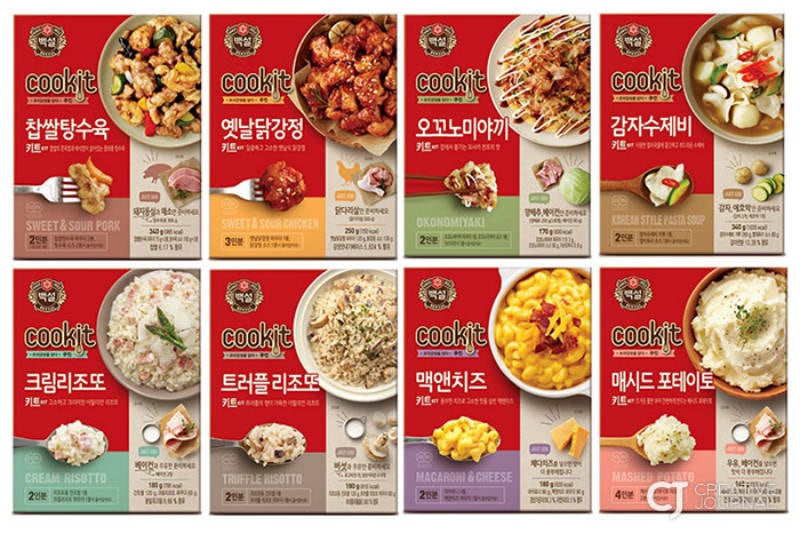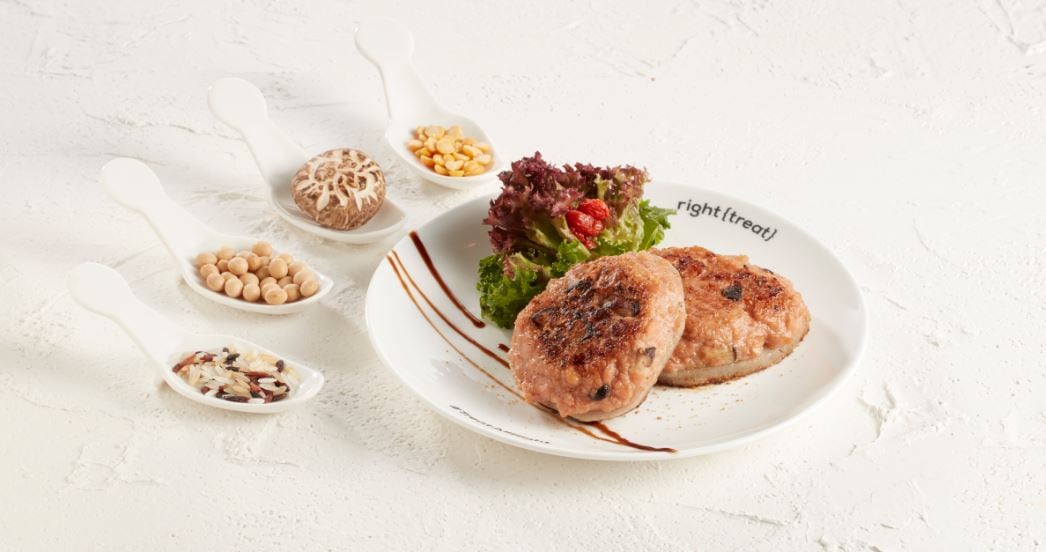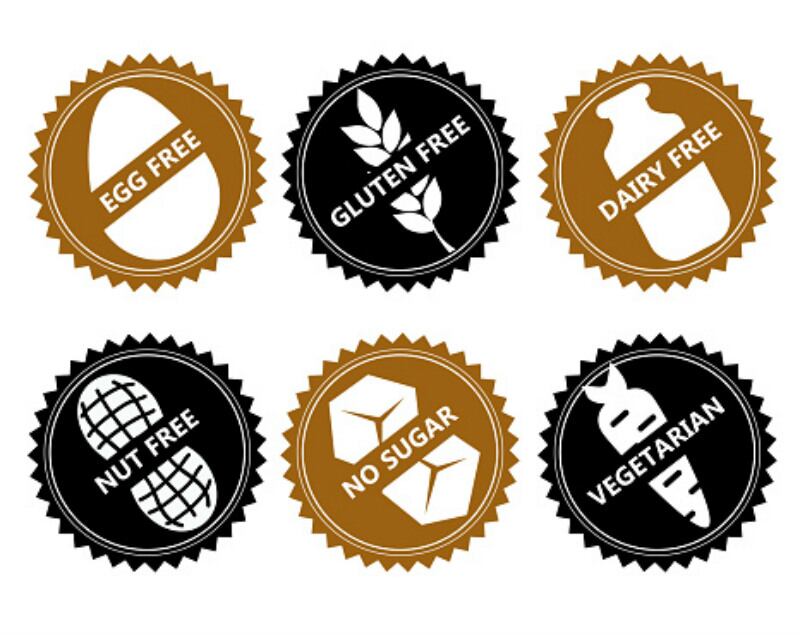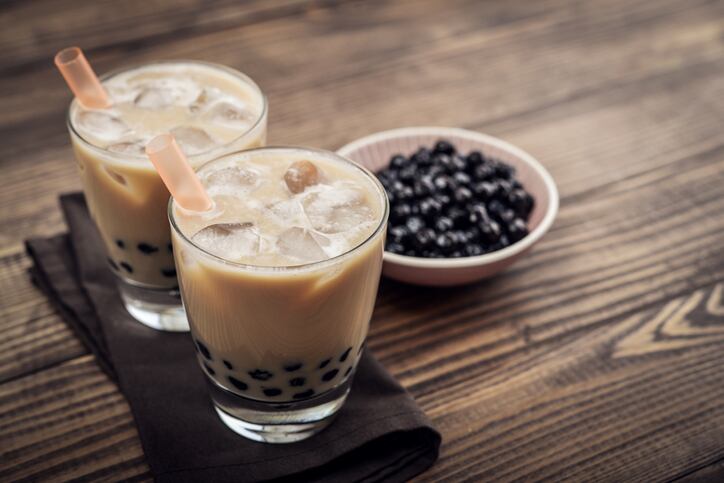Meal kits are essentially pre-prepared and pre-portioned ingredients, condiments, and other necessary essentials for a consumer to bring back to the kitchen and cook his or her own meal based on the recipes provided. These ingredients tend to be fresher, less processed ones which are generally known to be healthier.
The meal kit market has conventionally been the playground of specialised, subscription-based meal kit delivery services – popular companies in this industry include US-based Blue Apron, Home Chef and Korea’s Mogo.
However, the simultaneous rise of consumers demanding both convenience and freshness has led companies and the food and beverage space to look for options that provide a balance of both of these factors – and meal kits are looking to be one of the trending preferred options.
Korea appears to be one of the countries in the lead for this: Major F&B firms and retailers such as Korea Yakult, CJ Cheiljedang and Hyundai have already developed their own meal kit brands to cash in on this trend.
Korea Yakult, best known for its probiotic fermented dairy drink Yakult, has established a meal kit brand called Eatson. Riding on its well-known door-to-door retail model (via which it sells its Yakult drink), Eatson is also delivered directly to consumer homes.
“The popularity of meal kit products is only to grow, considering that the number of single-person households will increase, as well as consumer demand for healthier and fresh ingredients,” said Korea Yakult Marketing Director Kim Dong-ju.
“We will [focus] on making sure our customers receive fresh products through convenient delivery services.”
Consumers make orders on Eatson via the company’s online mall hyFresh app, where the details of the requested meal kit need to be entered by at least 2pm the day before the delivery date.
The range of offerings is huge, from western-style pasta, steak and salads, to Spanish tapas, to traditional Korean fare such as stews, rice cakes, noodles and mixed vegetables.
“Meal kits allow people to save time spent grocery shopping and prepare the appropriate amount of food, which is an economic [and convenient] way of enjoying the fun experience of cooking,” added Kim.
According to Korea Bizwire, Korea Yakult changed the name of its Yakult delivery personnel (generally all women) from ‘Yakult Women’ to ‘Fresh Manager’ last year, and has plans to set up a 24-hour delivery system too.
One of Korea Yakult’s closest competitors in the Korean food industry is CJ Cheiljedang, the food and beverage arm of the CJ Group. CJ Cheiljedang also launched its own meal kits, or what it dubbed ‘Semi-cooked Convenience Meals’ brand three years back called Beksul Cookit.
“CJ CheilJedang has released 'Beksul Cookit’ [in reflection of] the rapid growth of the domestic convenience meal market and expecting growing demand for semi-cooked convenience meals,” said the firm via a formal statement.
“[This product is highly expected to appeal to those] who want the pleasure of simply cooking because it enables them to complete a decent cooking in a short time [as opposed to] cooked convenience meals.
“All ingredients are properly mixed to a secret ratio that lets [consumers] easily cook what they have never even dreamed of cooking at home.”
The firm also touted the convenience and cost-effectiveness of this option, saying that it would take 20 minutes to complete a meal using these kits as opposed to over an hour using the traditional process; whereas the price could be cut by over 50% using these kits as opposed to buying individual ingredients.
“[It] minimises the inconvenience of preparing all the individual ingredients, and gives the pleasure of cooking.”
Meal kits elsewhere
The factors driving the rise of the meal kit market in Korea are easily translatable to elsewhere in the world, but interestingly most available meal kits in other countries tend to follow the traditional route, i.e. through specific subscription and delivery services such as Indonesian start-up Black Garlic, the United States’ Blue Apron and Germany’s HelloFresh.
That said, US retail stores such as Amazon and Walmart have also started providing meal kits – for Walmart, these are available in physical outlets as well, such that consumers can walk in and buy these kits as and when desired.
“These meals give the best or worst of cooks a fresh, easy option,” Walmart U.S. Senior Vice President Tyler Lehr said in a statement, assuring that the kits were ‘made and assembled fresh in-store daily’.
Personalised meal kits also appear to be gaining in demand – According to data from research firm Technovia, gluten-free meal kits are a top emerging trend in the market.
All in all, the trend of big, non-meal kit specialist food companies and retailers in the APAC region moving into this space appears to not have fully caught on just yet – which could spell major opportunities for firms in the region.





